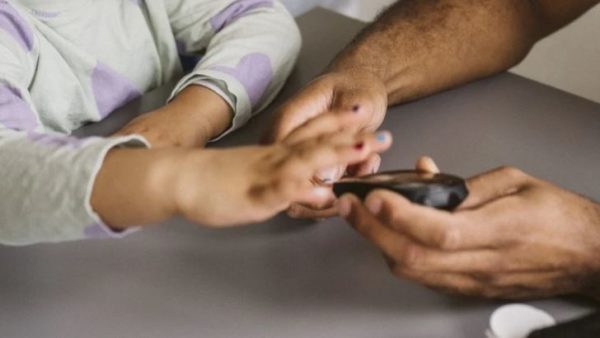Lifestyle
4 warning signs of diabetes in children

The number of children affected by diabetes is on the rise throughout the world.
Type 1 diabetes, also called juvenile diabetes, was the common type of diabetes in children and teens.
But now more and more younger people, including children, are also getting type 2 diabetes, which was previously known as adult-onset diabetes.
Causes of diabetes in children
No one knows exactly why children or adults develop type 1 diabetes, but researchers think it has something to do with genes.
Certain environmental factors or “triggers” are also believed be involved in causing this autoimmune disease.
Popular theories suggest that the disease develops when a virus or environmental toxin damages the pancreas or causes the body’s immune system to attack the cells that produces insulin.
Type 1 diabetes can’t be prevented, and once it develops, the person needs lifelong treatment. As per estimates, 85% of type 1 diabetes cases are diagnosed in people aged under 20 years.
Obesity and inactive lifestyle are blamed for increasing number of type 2 diabetes amongst children. Health experts believe that excess fat makes it harder for the cells to respond to insulin.
There also seems to be a genetic risk as over most children with type 2 diabetes have a family history of the disease. But it could also be due to shared lifestyle habits. Children can lower the risk of type 2 diabetes by:
- Changing the diet
- Maintaining a healthy weight
- Being physically active
- Getting more exercise
Signs & symptoms of diabetes
Diabetes symptoms aren’t always obvious. But when symptoms develop, they are similar in children, teenagers, and adults. People who develop diabetes may:
1. Urinate a lot
When there is excess glucose in the blood, the kidneys may respond by flushing out the extra glucose in urine. This makes children with high blood sugar levels pee more. If your kid suddenly starts bedwetting, it could be the first sign of diabetes.
2. Feel thirsty often
Because they pee more, they lose so much fluid, which make them become thirsty often. This can make kids with diabetes to drink a lot of liquids.
3. Get tired often
Since the body is not able to use glucose for energy properly, they get tired often.
4. Lose weight
Children with type 1 diabetes may have an increased appetite, but they may not gain weight as they grow or often lose weight. This is because the body breaks down muscle and stored fat to provide fuel to the hungry cells.
Yeast infections in females can also be a symptom of diabetes. Irritability, a fruity smell on the breath and blurred vision are also symptoms of type 1 diabetes.
Note: Not everyone with these warning signs and symptoms necessarily has diabetes.










